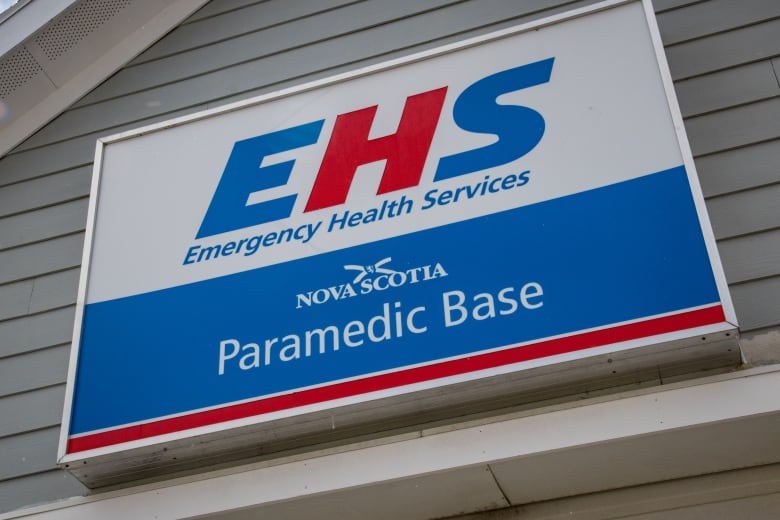Head of Nova Scotia's ambulance service sounds alarm over own system
'Status quo is not an option,' says Jeff Fraser, director of EHS

Making sure there's an ambulance available to respond to a 911 call, no matter where help is needed in Nova Scotia, has become a minute-by-minute challenge for Emergency Health Services dispatchers.
Faced with overburdened ERs and a growing number of calls, they are constantly shifting crews from one community to another in effort to ensure adequate response times. The latest projection is that ambulance crews will log a total of 16.5 million kilometres this year.
Jeff Fraser, director of provincial operations for EHS, is worried about the wear and tear on an increasingly fragile system and said he believes it's time for an overhaul.
"The safety net is getting thin," he said.
"Our EHS system model is really difficult to marry up with what's happening currently within our system and so in order to be sustainable, we really have to look at the way that we operate."
Fraser points to the fact ambulance crews are sometimes spending entire shifts waiting with patients in hospital corridors, rather than on emergency calls, because emergency rooms are overcrowded.
This inability to hand over patients in a timely manner has been a benefit to Halifax-area taxi companies that are ferrying paramedics to and from hospitals at the beginning and end of their shifts.
In the past six months, EHS has spent $10,000 in cab fares to do just that.
Fraser is hoping a review commissioned by the province will lay out the need for major changes.
"Certainly status quo is not an option for us," he said. "We're going to need to begin to change the way we deliver service over the next few years."
Firm hired to review system
A month ago, the province hired Fitch and Associates, a U.S.-based consulting firm to review the current EHS model and provide recommendations "for the most efficient, effective and sustainable EMS system in Nova Scotia for the next 10 to 15 years."
The $145,000 contract calls for a final report by Dec. 28, 2018.
The time frame has been designed to give provincial authorities plenty of time to act on the recommendations before the ambulance service contract runs out with EHS in 2020.
Fraser is convinced the slow transfer times at hospitals will figure prominently in that final report.
"There's no way that the offload issue won't be apparent in the report," he said. "It impedes our ability to operate our system each and every day."

It's a problem that dates back more than a decade. In fact, a June 2007 auditor general's report noted "that ambulance redeployment due to delays in Halifax emergency departments affected communities as far as Bridgewater, Oxford, and Yarmouth."
That's when the service was responding to about 90,000 calls. It is now dealing with 170,000.
Add to that ER closures, service disruptions and an increase in the number of non-emergency transfers, and you have a system stretched to capacity, said Fraser.
"We've had a demand increase of about four per cent over the last number of years and some of these other operational impedance like the inability to offload patients at the hospital and the longer time on task, if that was to continue the EHS system would be stretched beyond what would be reasonable."
The union that represents paramedics agrees.
"Morale is at all-time low," said Michael Nickerson, president of IUOE Local 727.
The union has been running a social media campaign since last winter calling on Nova Scotians to pressure provincial politicians to demand changes to the service.
Despite the pressures, the ever-shifting resources and the growing demands, Fraser has nothing but praise for paramedics who he believes are the glue that keeps the service together.
"Absolutely it's my job and my team's job to support them so they can execute their duties," he said. "And they work hard every day, so we really appreciate that."

